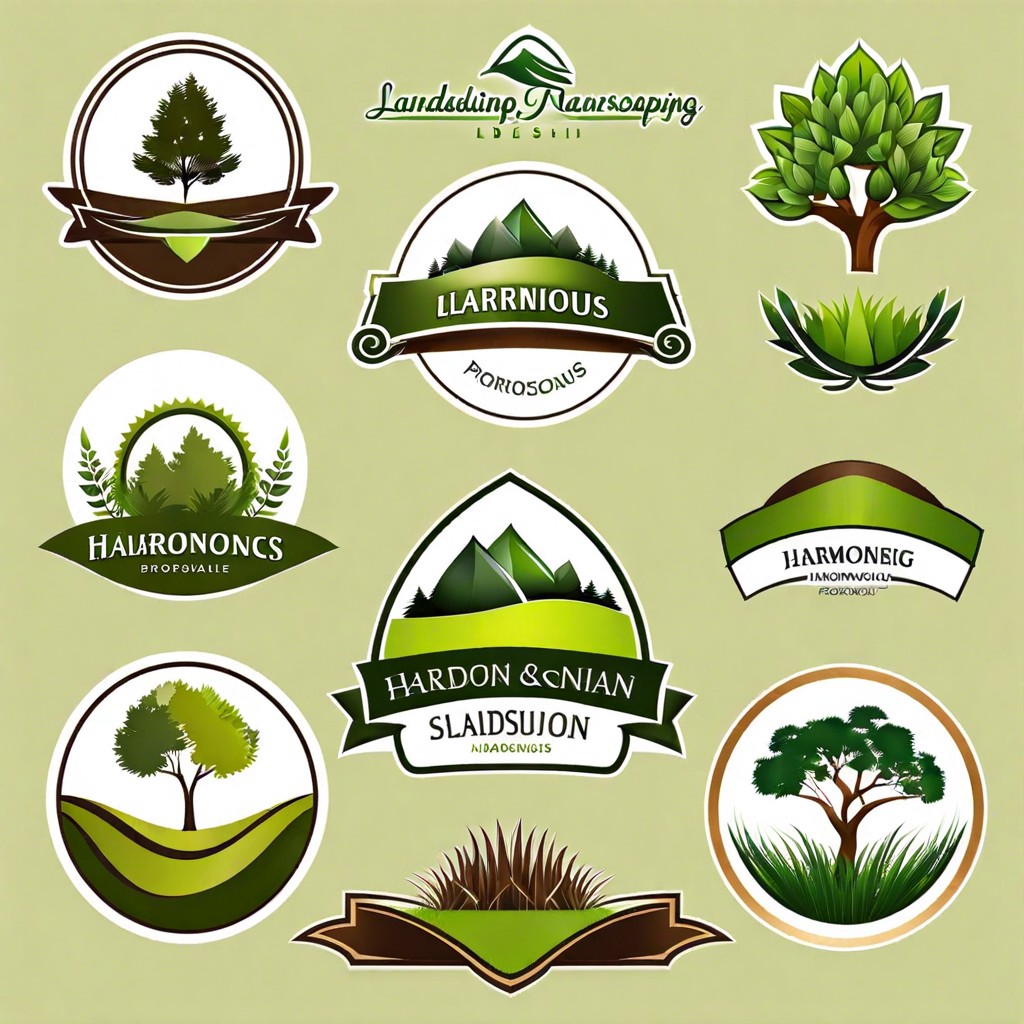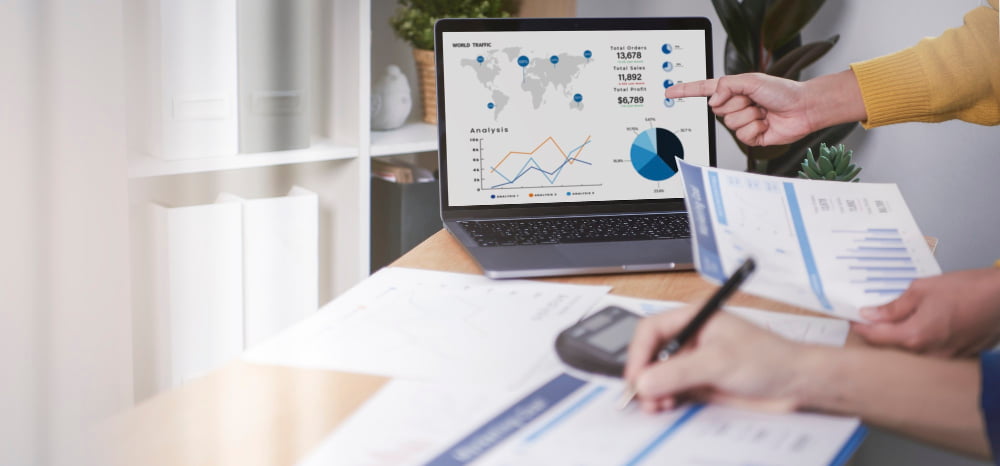In this article, you will learn how to create a landscape logo that perfectly encapsulates the identity and essence of outdoor or nature-based businesses, following design principles and trends that resonate with audiences.
Key takeaways:
- Nature-inspired elements convey growth and environmental care.
- Landscape logos establish a brand’s identity and reputation.
- Simplicity, color choice, and typography are key design elements.
- Trends include minimalism, vintage elements, and sustainability.
- Market impact is determined by recognition, distinctiveness, and emotional connection.
Understanding Landscape Logos

Landscape logos are essentially visual representations that embody the essence of businesses related to the outdoors, nature, gardening, or landscaping. They typically include natural elements like trees, plants, hills, or water, conveying a sense of growth, renewal, and environmental care.
When considering a landscape logo, designers aim to encapsulate the company’s spirit and philosophy. For instance, a tree can symbolize longevity and strength, while a water motif may suggest fluidity and adaptability. The color palette is another critical aspect, often drawn from earthy tones to reinforce the connection with nature.
Moreover, typography in landscape logos should harmonize with the overall design, possibly incorporating organic forms or textures that reflect an eco-friendly and approachable brand image. In conveying a company’s dedication to outdoor or environmental services, these logos also serve as a promise of commitment and quality to their clientele.
In essence, a well-designed landscape logo is not just a trademark—it’s a storyteller that visually communicates a brand’s values and services to the world.
Significance of Landscape Logos for Businesses
Landscape logos aren’t just visually appealing adornments for businesses in the gardening, landscaping, or environmental sectors; they serve as crucial anchors for a brand’s identity. These logos act as a visual communication tool, immediately signaling a company’s connection to nature, growth, and the environment.
A well-crafted landscape logo can convey a sense of tranquility or freshness, aligning the customer’s mind with the open, peaceful, and rejuvenating qualities often associated with outdoor spaces. This psychological link is vital for businesses looking to establish trust and a positive reputation in their niche.
Moreover, such logos often embody the business’s commitment to sustainability and environmental responsibility, which can be a significant differentiator in today’s eco-conscious market. A landscape logo, when designed with creativity and strategic thought, can also highlight the company’s unique selling points, such as bespoke garden designs or innovative ecological solutions.
For businesses that revolve around design and aesthetics, like landscape architecture firms, a professionally designed logo that reflects their style and finesse can effectively attract a discerning clientele. It serves as a visual portfolio piece that showcases the company’s commitment to beauty and detail.
In essence, a landscape logo is not just a symbol for the company; it’s a strategic asset that can enhance market positioning, reinforce brand values, and cultivate a recognizable and memorable image in the consciousness of both current and prospective customers.
Key Elements of an Effective Landscape Logo
Creating a landscape logo that stands out requires careful consideration of several design elements. Simplicity is often key; a straightforward design ensures that the logo is easily recognizable and memorable. This is particularly true for landscape companies that need a logo visible from a distance on vehicles or signage.
Color choice plays a crucial role in conveying the nature of the landscape business. Greens and browns can suggest growth, nature, and sustainability, while blue might symbolize water in irrigation or aquatic services. Choosing the right colors will speak to the company’s brand values without the need for words.
Typography mustn’t overpower the logo’s imagery. A clean, readable font supports the overall design and helps convey the company’s message. For a more organic feel, designers might opt for hand-drawn typefaces that align with the natural aspect of landscaping.
Imagery in landscape logos often includes natural elements such as trees, leaves, or water. Selecting a single focal image helps prevent a cluttered look and communicates the company’s specialty quickly. For companies with a broader range of services, abstract designs or landscapes can suggest diversity without detailing specific services.
A successful landscape logo must also be versatile. It should look as good on small business cards as it does on large trucks or billboards. This scalability ensures that the business is well-represented across various platforms and media.
Finally, originality sets a landscape company apart. A unique logo design can establish brand identity and help customers remember the brand. It’s essential to avoid overused imagery or concepts to ensure a distinctive and effective logo design.
Landscape Logo Design Trends
As we delve into the current design trends, it’s interesting to see how they reflect broader societal shifts. Minimalism, for instance, has made a significant mark on landscape logos, emphasizing clean lines and uncluttered composition. This trend resonates with the modern consumer’s desire for simplicity and transparency in branding.
Another popular direction is the incorporation of vintage elements. These nostalgic touches not only imbue the design with character and authenticity but also have the power to forge an emotional connection with the audience, particularly those who yearn for the perceived simplicity of bygone days.
Sustainability is also at the forefront, with more designs reflecting eco-friendliness. The use of green color palettes, leaf motifs, and earthy textures tend to signal a brand’s commitment to environmental responsibility. In a time where ecological concerns are paramount, these features speak volumes to consumers.
Hand-drawn logos are enjoying their moment, too, adding a unique and artisanal feel to the brand image. These logos often appear more personalized and can help a company stand out in a crowded market.
Lastly, the integration of modern typography with classic imagery provides a balance between heritage and contemporary style, offering a fresh take on traditional concepts. This blend appeals to audiences across generations, meshing the old with the new in a seamless fashion.
Each of these trends offers a different path to engaging with audiences, and the most successful landscape logos will often subtly weave in several of these elements to create a cohesive, memorable brand identity.
Evaluating a Landscape Logo’s Market Impact
When assessing the market impact of your landscape logo, you have to consider how effectively it conveys your brand’s value proposition to your target audience. This involves a few critical analyses:
First, gauge customer recognition. Your logo should be memorable enough that it stays with customers long after they’ve seen it. If people can recall your logo with ease, that’s a strong indicator of its market impact.
Next, examine the distinctiveness of your design. In a crowded market, a unique logo helps set you apart from competitors. If your logo is often confused with others or fails to stand out, it might be time to consider a redesign.
Another crucial aspect is the emotional connection. A logo that resonates emotionally with consumers will foster greater brand loyalty. Pay attention to feedback and discussions on social media to understand how people feel about your logo.
Consistency across various platforms also plays into the market impact. Consistent use of your logo in marketing materials, online presence, and merchandise reinforces brand recognition and contributes to a cohesive brand image.
Finally, analyze the logo’s adaptability. It should look good in different sizes and formats, from business cards to billboards. If your logo loses clarity or impact when scaled or altered, its effectiveness in the market may be limited.
Understanding the reach and influence of your logo can ultimately help you make informed decisions about when and how to evolve your logo to better meet your marketing objectives.
Also interesting:




